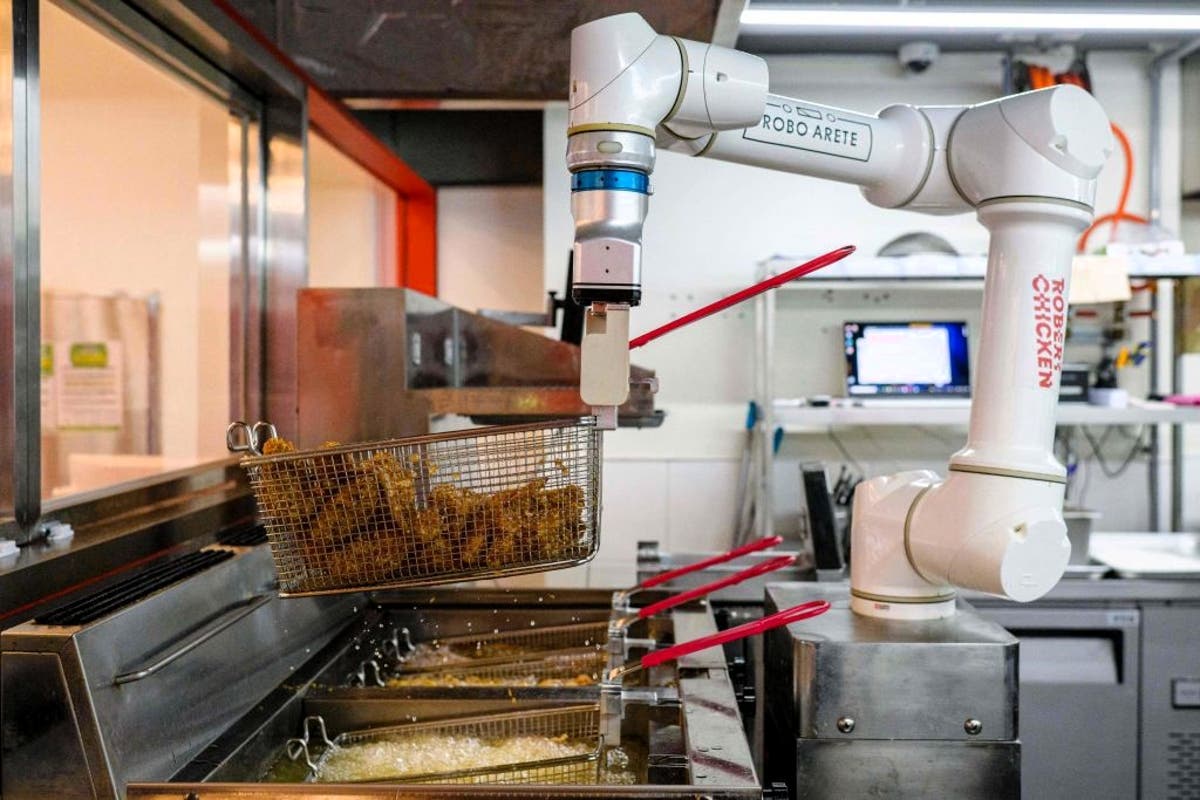South Korea has become the first country in the world to replace more than 10 per cent of its industrial workforce with robots, according to a new report.
The country now has 1,102 robots per 10,000 employees, according to the annual survey by World Robotics 2024, having become the world’s number one adopter of robot workers in factories in recent years.
South Korea has more than double the robot density of every other country ranked in the report, apart from Singapore, which has 770 robots per 10,000 employees.
“Robot density has increased by 5 per cent on average each year since 2018 [in South Korea] ,” stated the report, which was presented by the International Federation of Robotics (IFR).
“With a world-renowned electronics industry and a strong automotive industry, the Korean economy relies on the two largest customers for industrial robots.”
Globally, the average robot density has more than doubled over the last seven years, the researchers noted, increasing from 74 to 162 units per 10,000 employees.
South Korea has also introduced robots across other industries, with machines filling roles everywhere from hospitals to restaurants.
It follows massive investment from the Korean government into its robotics industry, which it sees as a way to address its shrinking working-age population brought about by low birth rates.
Earlier this year, the Ministry of Trade, Industry and Energy in South Korea announced the Fourth Intelligent Robot Basic Plan to invest $2.4 billion into the public and private sector by the end of the decade.
“This initiative outlines the development direction for the robot industry across key industries, ranging from manufacturing to services, agriculture, logistics, healthcare, defense, and social safety,” stated a report published in August by the International Trade Administration.
“It includes the goal to establish an efficient system for securing technology to raise the local manufacturing rate of core robot parts from the current 44 per cent to 80 percent by 2030.”

